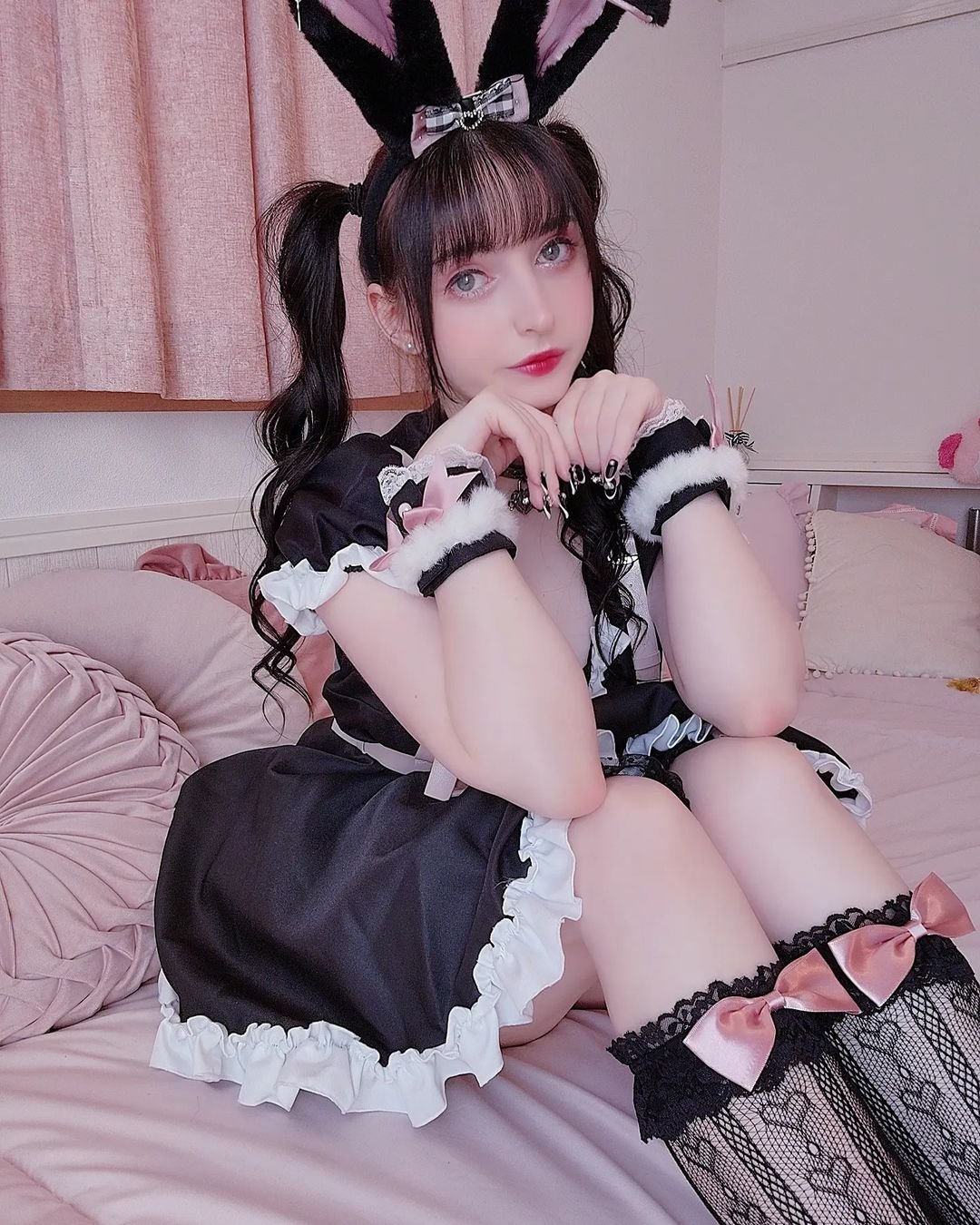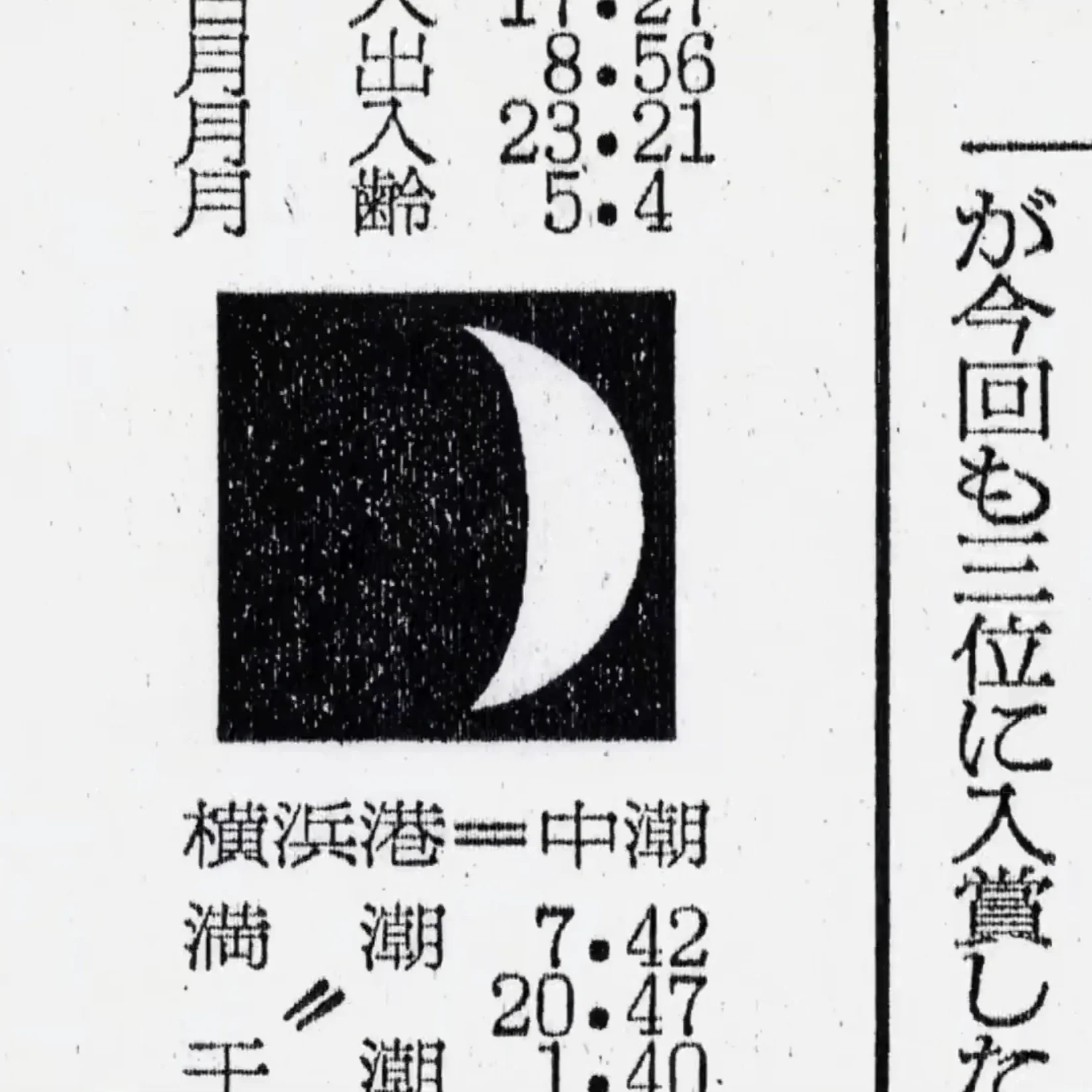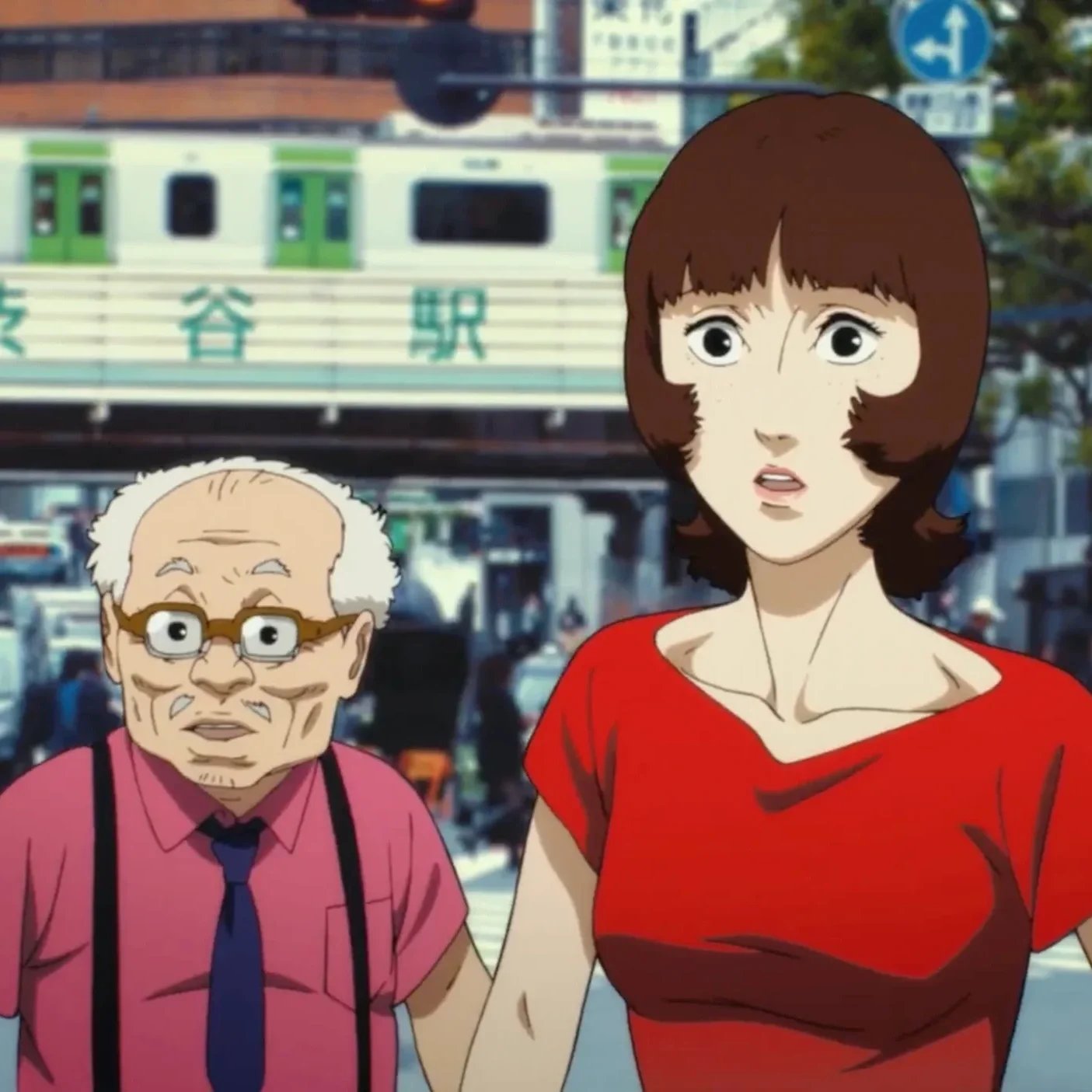Jirai Kei - The Shadows of Japan’s Dark Fashion Movement
Courtesy of @capsulebunny (left) & @yume.chii
Japanese fashion takes on a deeply grim face once the focus shifts to Jirai Kei. Originating as a niche, it has transitioned into mainstream consciousness since the 2020s, catalyzed by a YouTuber who popularized the defining make-up to the trend. This includes the distinctive "Jirai line," an underlined eyebag mimicking a tear- streaked appearance, coupled with twin tails and fully pierced ears.
The intention of Jirai Kei
The intention is to convey a sense of sadness or illness. Enhancing this theme, the chosen clothing incorporates shades of black and pink, accentuating the overall melancholic ambiance. Some outfits resemble Lolita or Dark Girly styles, featuring frilled skirts, blouses, and prominent platform heels. On top, the exceptional MCM backpack adds up to Jirai looks. The finished style emanates a melancholy vibe.
The English translation of Jirai Kei as landmine type is primarily associated with women, portraying them as manipulative and ostensibly mentally unstable burdens. Public displays of sadness or resignation often led to labeling women with this inappropriate and misogynistic title, reinforcing societal judgments suggesting a lack of emotional control and an alleged quest for attention. Additionally, they were infamously dubbed menhara, a term that conveys self-inflicting tendencies intertwined with obsessive love patterns and an unhealthy psyche. Recklessly, they were outlined as neurotic girlfriends to men and psychotic freights to Society.
Courtesy of @yume.chii
Growing link with the underworld
The trend was not only known for reproducing prejudice against individuals, but has even changed lives fundamentally. In despair and inability to keep up with rigid societal expectations, some Jirai Kei enthusiasts ended up intertwining with Illegal activities in Kabukicho host clubs, and mental instability. The particular juncture of the pandemic played a catalytic role, reinforcing the individuals’ despair and loneliness. The latter, in turn, impelled them deeper into the darker realms of Jirai Kei, into questionable dealings and self-infliction.
Although it is self-evident that not everyone adhering to the style struggles with severe mental health issues or even expresses a readiness to commit crime, a major bias arose due to the events in times of the pandemic. The prejudice impacts all Jirai Kei enthusiasts with equal force. To this day, it shows no restraint and is rigidly applied to all individuals who identify with this fashion style.
The way back up
On the contrary, there seems to be light at the end of the tunnel in present times. Supporters of the trend transcend borders, gaining traction globally. They state that the derogatory term is undergoing a process of reclamation, with the subculture striving to redefine the essence of Jirai Kei and forge a movement to get rid of the associated stigma. Embracing the notion that individuals should not be pigeonholed based on their appearance, proponents reject stereotypical thinking and aim to impart an overall positive connotation to the trend.
Arguing that nobody should be judged based on prejudice that circles around society, they remind others to dress however they feel like and not listen to those who hold against them.Through clothing, it is self-evident that no universally valid and profound statement about the personality, mental health, or characteristics of a person can be made. What should be obvious is emphasized by Jirai Kei enthusiasts in an impactful way: prejudices are not constructive and do not define a person.
Courtesy of @capsulebunny
To wrap things up, it can be said that some aspects of the trend will undoubtedly remain concealed from mainstream consciousness and are reserved for participants. With its gloomy history, Jirai Kei has to be treated with caution after all. Nevertheless, the trend reveals two noteworthy developments.
The first describes how the pandemic has influenced young people globally during the long years of strict measures. To name a few examples, Jirai Kei uniquely illustrates how frustration, resignation, and the sense of being alone have driven some very young people into multiple heavy crises. The latter can be seen as a factor that has lured the movement into illegal activities as a sort of escapism in Kabukicho.
The second development draws attention on how prejudices build up and how rapidly they can grow. What is alarming is that these can have profound consequences, affecting people’s social life or even careers. To conclude this story with a positive outlook on the future of the subculture, it should be noted that those affected are doing precisely the right thing to break down this bias: they reclaim the term and, in doing so, show outsiders that they are independent individuals, and their characters are not defined by the style they follow, regardless of the stigma surrounding it. It remains compelling to observe the forthcoming developments with a discerning eye and consistently question the prejudice whenever it surfaces.
Courtesy of @yume.chii











KERA magazine: Harajuku's Iconic Voice of Alternative Fashion Evolution.